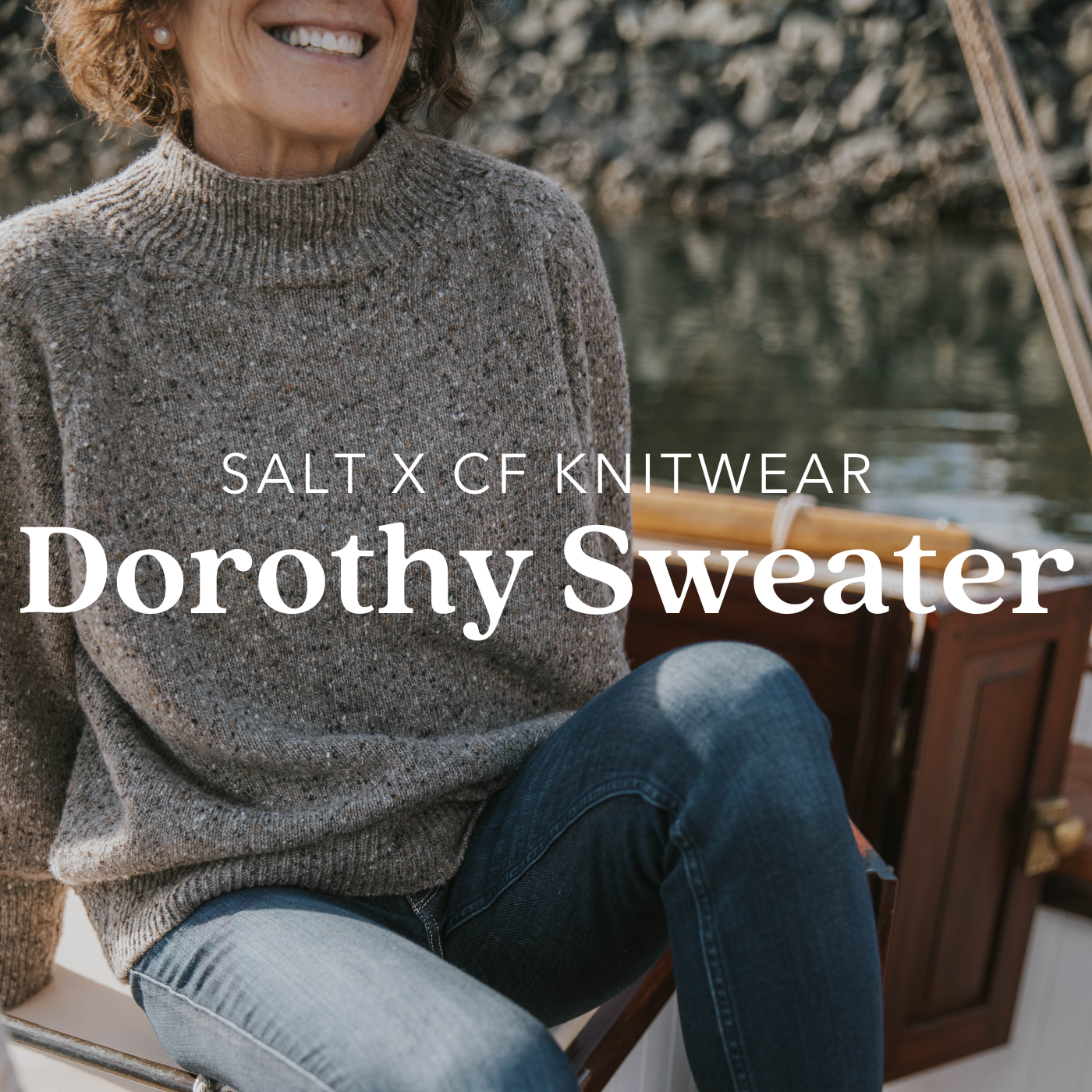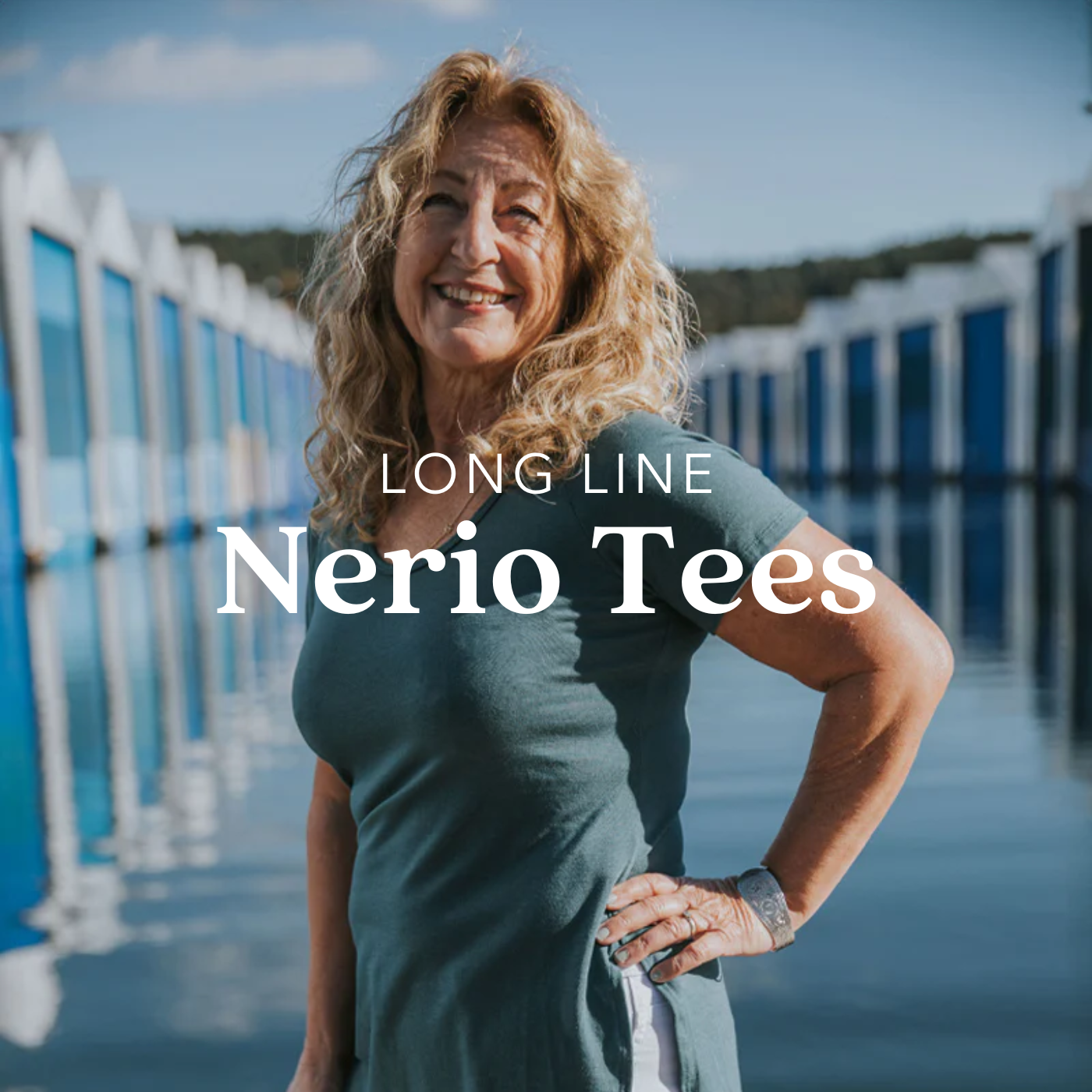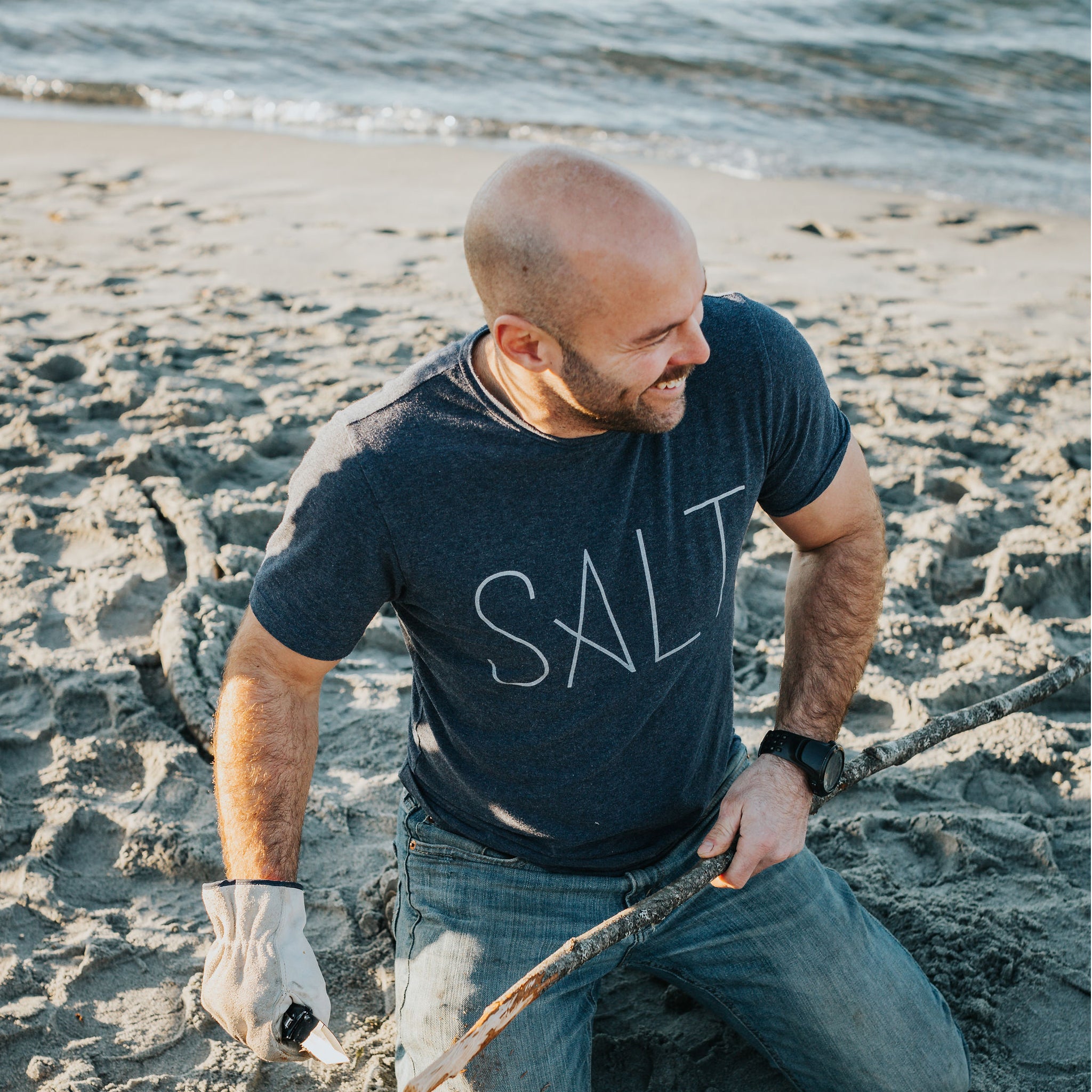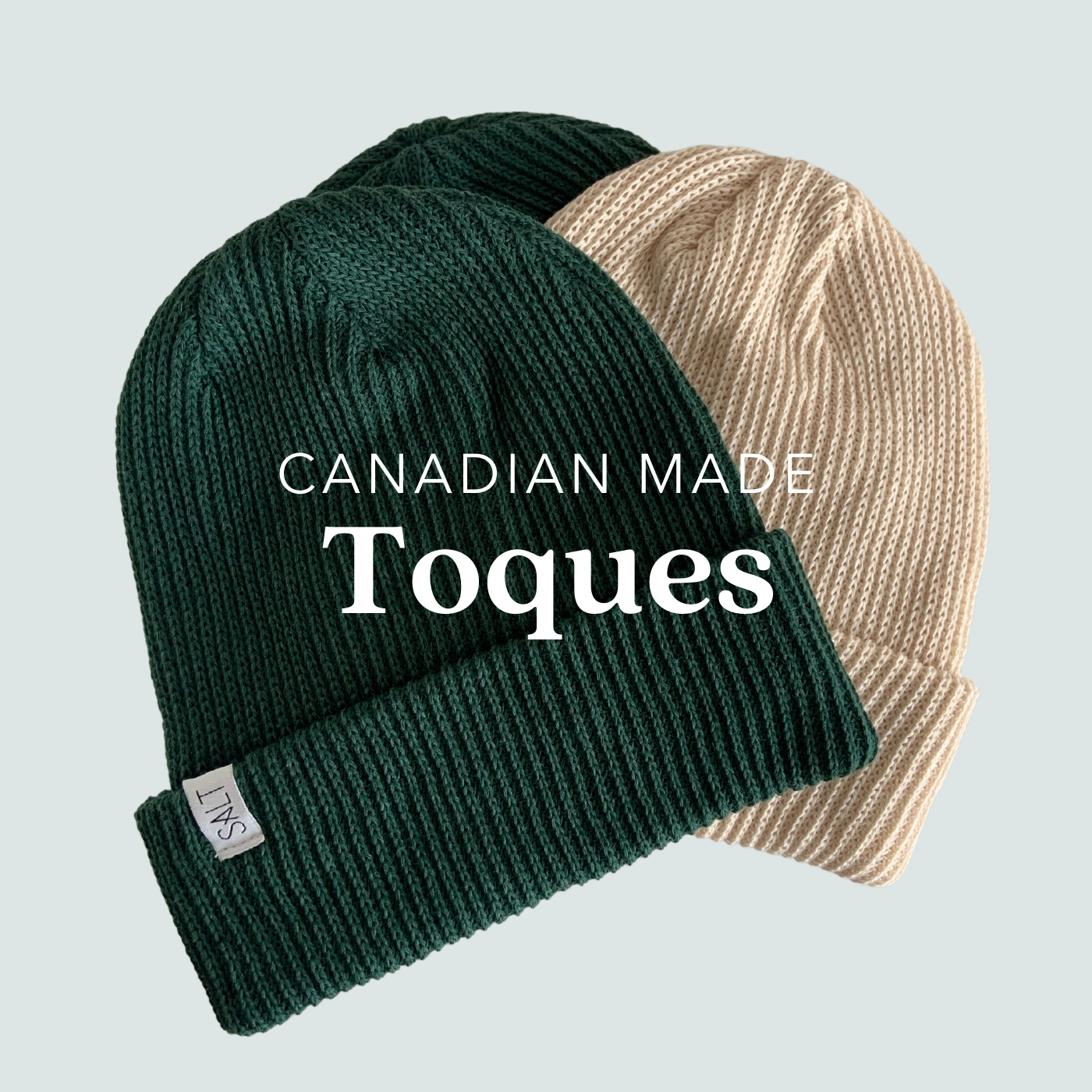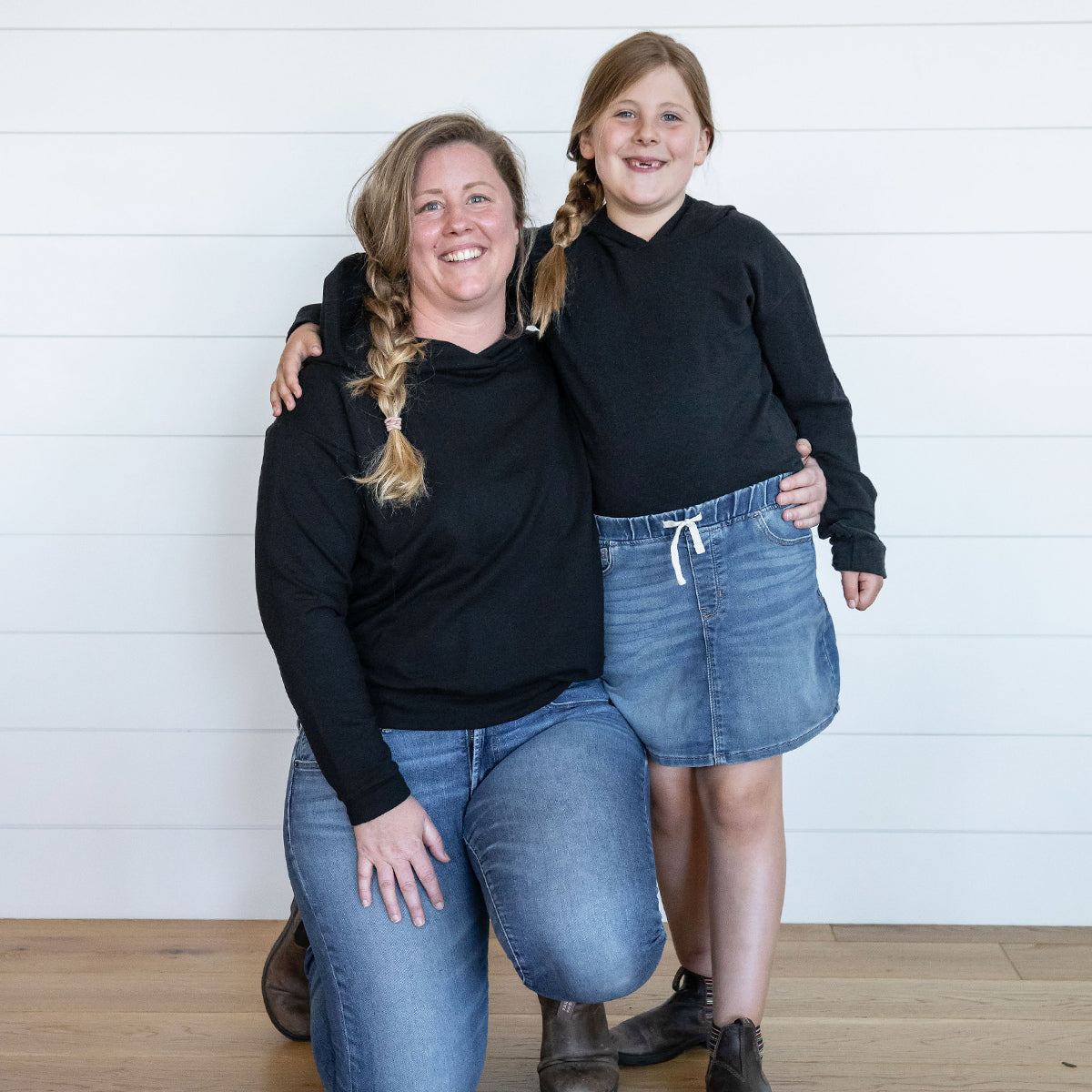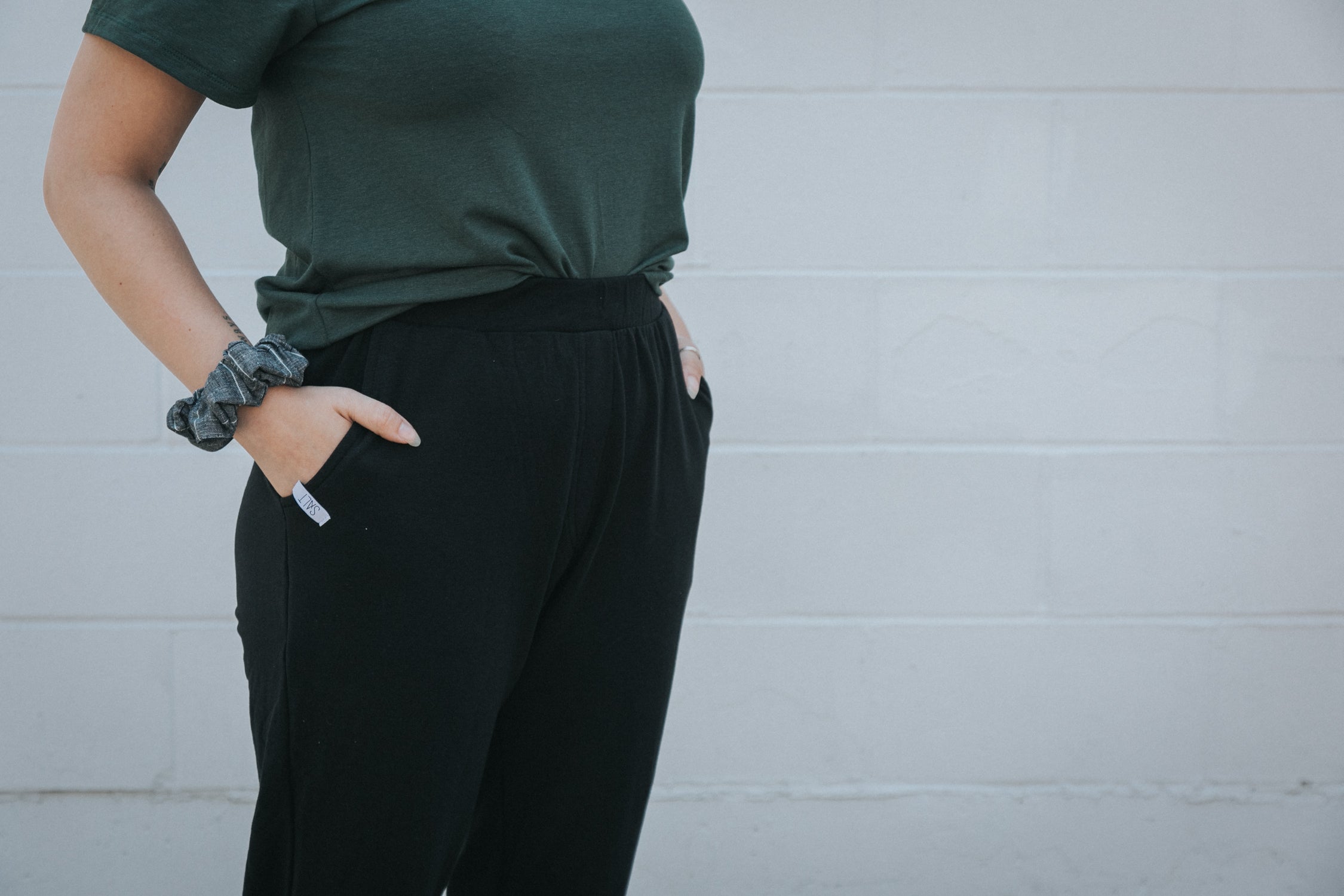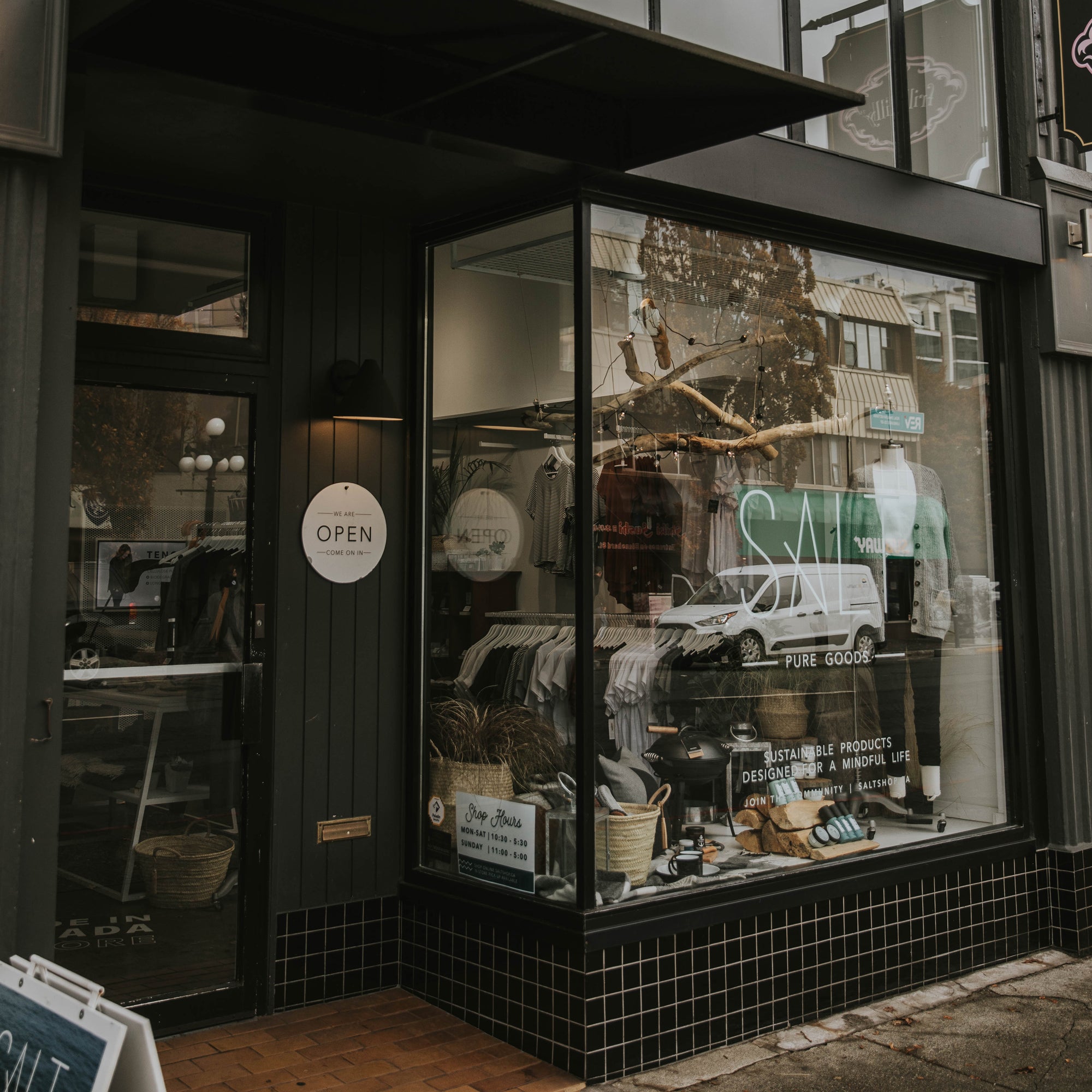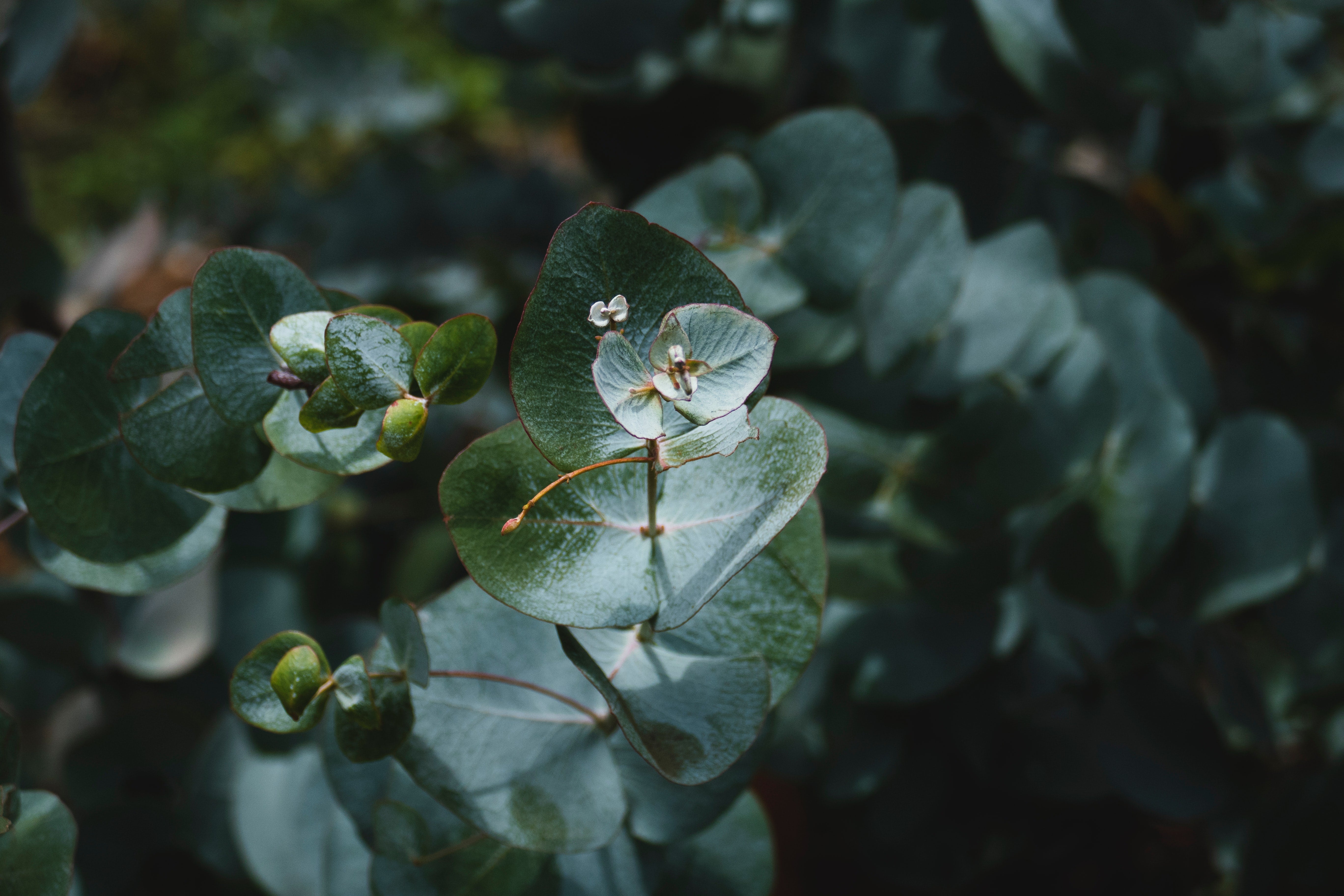
Everything you want to know about Tencel fabric
“Call it eco-fashion if you like, I think it is just common sense”
- Livia Firth.
From labor practices to production, to by-products, the buzz of sustainable fashion has been growing for decades. In our shops we get to teach people on the daily about the sustainability of tencel fabric. But believe it or not, it was in the 80s that tencel first hit the market as what was then called Lyocell. Today it’s used in many sustainable and eco-conscious fashion brands across the world and has even started making its way into couture gowns and oscar dresses.
What is Tencel Fabric?
Tencel, or Lyocell is a natural fabric made using regenerated cellulose fibers obtained from the bark, wood, or leaves of trees. How someone went from staring at a tree to figuring out a way to make it into a fashionable garment, we don't know, but colour us impressed.
Tencel’s production practices are owned and protected by Lenzing, the fiber industry’s leader in sustainability.

The production of this natural fabric starts with chipping down the chosen cellulose source, until they are small enough to process. Eucalyptus and bamboo are most often used as they grow so quickly and can be maintained sustainably. The chips are treated using a non-toxic and reusable solvent that softens the material into a pulp. The solvent used is designed to be reused; More than 99% of the solvent is recovered for use in the next production cycle. This vastly decreases the amount of water and chemicals used, lowering the environmental impact of Tencel’s production. After the pulp is treated and dried, it is put through spinnerets, a machine that we imagine whirls like a tornado to create the strands that are sent off to be woven into the fabric we know and love.

Unlike synthetic fibers which are not biodegradable, Tencel, and all other natural fabrics are biodegradable; they will eventually return to the earth they came from. We hope this circular mentality towards production and product continues to grow and revolutionize the textile industry.
Does Tencel Shrink?
The first time you try on something made from Tencel, it is hard to believe that it is made from something that used to shade the forest floor. It is an extremely durable fiber that can be washed or dry cleaned (some versions are dry clean only, so make sure you check the tag). It can shrink to around 3%, so be sure to keep that in mind before deciding on a size.

Is tencel Breathable?
Tencel is surprisingly smooth and soft. Our most common comment we hear in the shop is how soft everything feels! Tencel is also incredibly absorbent which allows it to soak up dyes faster, resulting in richer colors and less dye utilized in production, another win! This same quality is also what makes for such a breathable fabric with quick-drying and antibacterial properties due to its ability to handle moisture.
Tencel vs Cotton
Tencel is often compared to cotton because they are both natural fibres that have a similar texture and appearance from first glance. Both Tencel and Cotton are cellulose fabrics known for their durability, softness, and breathability. There are differences however.
- Source: Tencel is always be made from Eucalyptus or bamboo that has been harvested from sustainably managed forests and procured from independently verified wood and pulp suppliers in Canada, U.S., Austria, Germany, Czech Republic, Hungary, France, Belgium, Ukraine, Switzerland, Slovenia, Slovakia, Belarus, Russia, South Africa, China and Indonesia. It has a very specific and rigorous vetting system to ensure it’s minimal footprint. Cotton is made only from cotton plants. Organic cotton is far preferred over non-organic because organic Crops must be certified by an external body to guarantee they are being grown according to organic standards which include factors such as use of natural fertilizers, Crop rotation, composting, and other natural growing techniques employed to ensure soil health and pest resistance.
- The Feel: Tencel can be manipulated during production to take on all types of textures from leather to silk, but most often it is smooth, breathable and silky with a beautiful drape and cooling feel. Cotton is smooth, breathable and softens with each wash.
- Look: Tencel looks silky with a slight sheen and holds colour beautifully. It is unlikely to fade over time. Tencel is also wrinkle resistant! Cotton is a matte fabric with a crisp feel that will wrinkle between washes.
- Care: Tencel and cotton are both relatively easy to care for and can be machine washed in cold water.
- Cost: Tencel is usually more expensive than organic cotton because of its unique production. though non-organic cotton is far less expensive than either, which is reflective of it’s efficiency-focused production.

Conclusion: Tencel
SALT has made it our mission to be fully informed about the fabrics we are using in our garments, from roots to closet. We want our elevated basics to not only up your fashion game, but also your environmental one. We encourage you to continue researching all the fabrics in your closet as you work towards a more sustainable wardrobe!
Additional Sources
Lenzing Fibers, Lyocell, Eco-Market, Rayon , Cellulose Fiber


